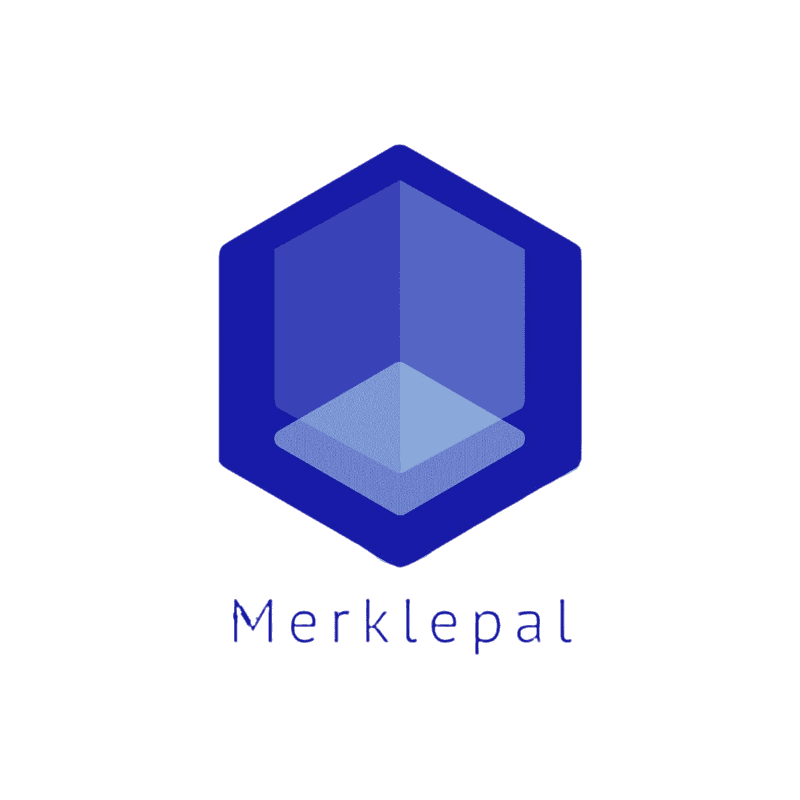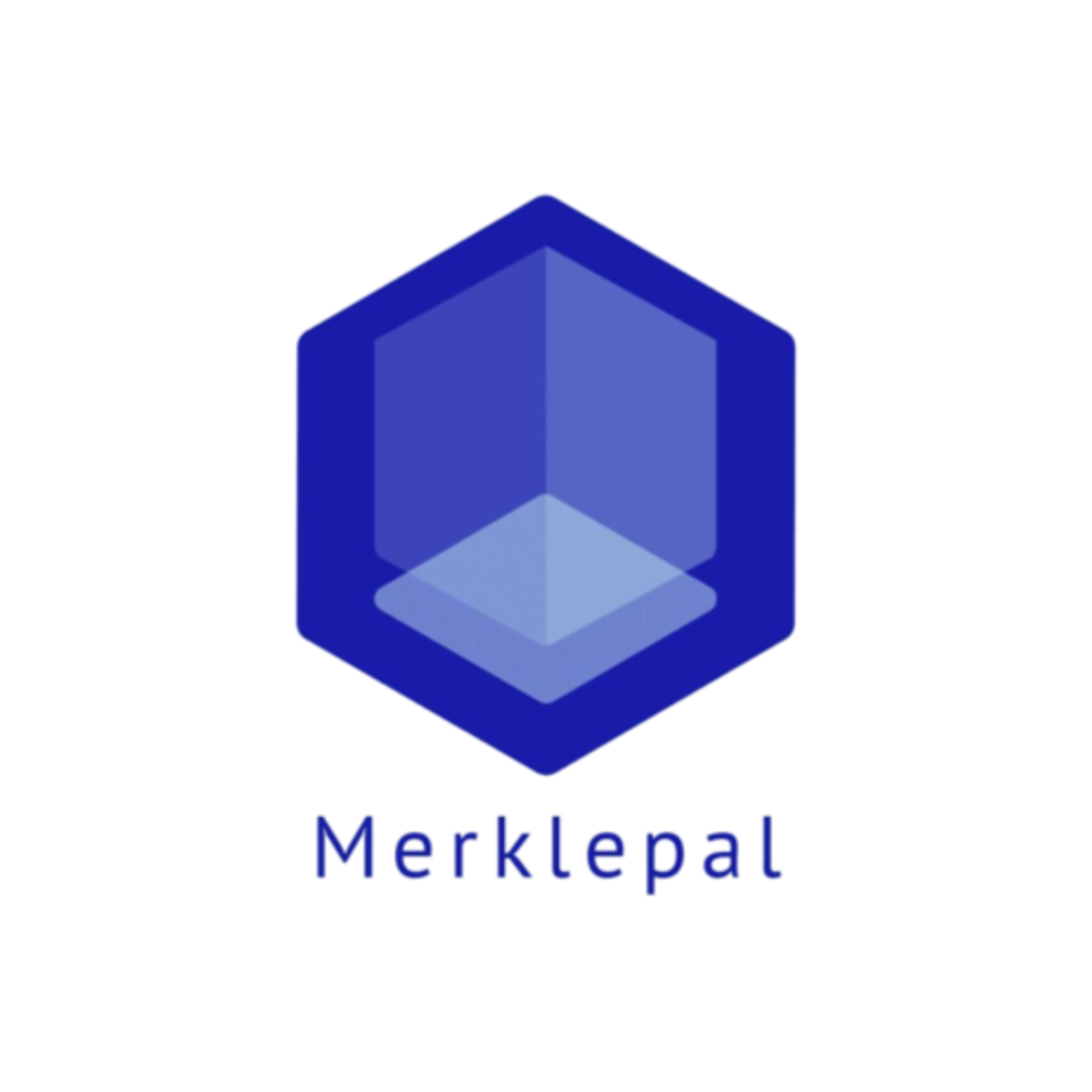Movement Labs Secures $38 Million to Develop Layer 2 Blockchain on Ethereum
By integrating Move into Ethereum's ecosystem, Movement aims to offer developers a more intuitive and efficient platform for building decentralized applications (dApps).

San Francisco-based software development firm Movement Labs has successfully closed a $38 million funding round to propel its vision of creating a layer 2 Ethereum blockchain. The Series A funding round was led by Polychain Capital, a prominent crypto venture capital firm helmed by Olaf Carlson-Wee, a former executive at Coinbase. Other notable investors participating in the round include Hack VC, dao5, and Robot Ventures, underscoring growing investor interest in blockchain innovation.
Movement Labs' fundraising milestone follows a trend of substantial investments in companies dedicated to building new blockchains. Monad Labs recently raised $225 million for its layer 1 blockchain initiative, while Berachain secured a $100 million Series B funding round for its own layer 1 development efforts. These significant capital injections highlight the intensifying competition within the blockchain space as companies vie to establish themselves as leaders in the burgeoning industry.
Movement's co-founders, Rushi Manche, and Cooper Scanlon, outlined their strategy to differentiate Movement from its competitors by leveraging Move, a programming language originally developed by Facebook for its Diem stablecoin project. By integrating Move into Ethereum's ecosystem, Movement aims to offer developers a more intuitive and efficient platform for building decentralized applications (dApps) while benefiting from the security and performance enhancements of a next-generation virtual machine.
According to Manche and Scanlon, Movement Labs is on track to unveil its development network (devnet) soon, with plans for the mainnet launch slated for late summer or early fall. The company also intends to introduce its native token, tentatively named Move, as part of its ecosystem.
While the proliferation of new blockchains may appear redundant to outsiders, Movement's approach represents a strategic convergence of technology and community-building. By leveraging Move's advanced programming language and virtual machine, Movement seeks to address the scalability and cost challenges plaguing existing blockchain networks while maintaining compatibility with Ethereum's robust ecosystem.




